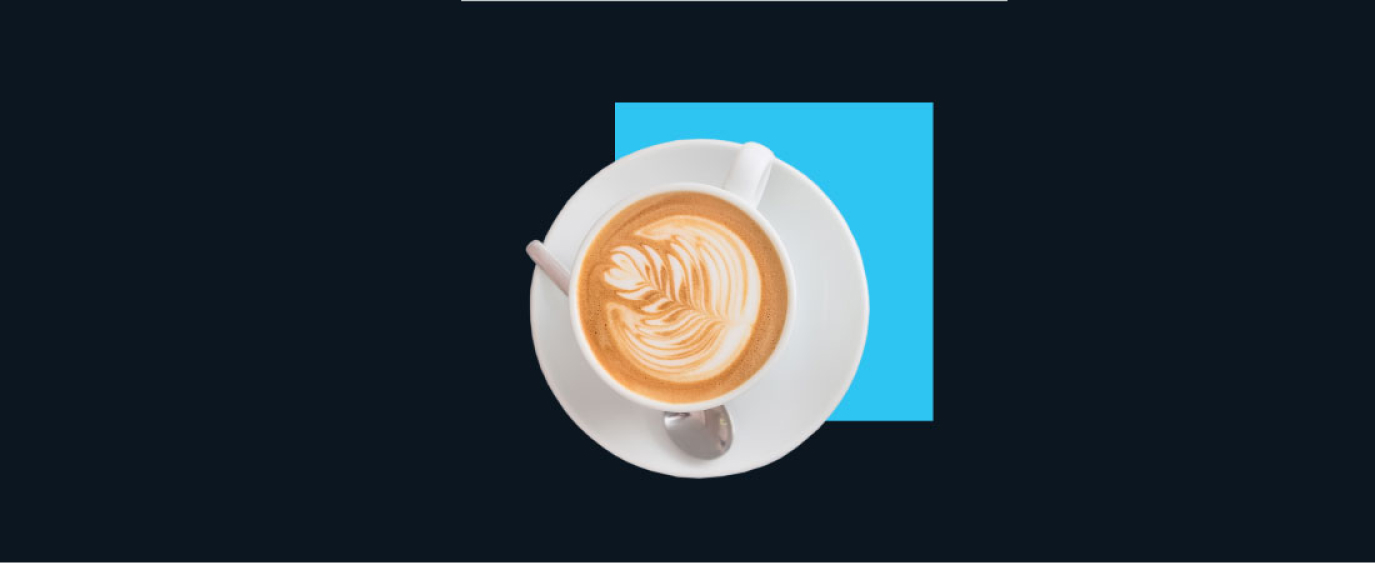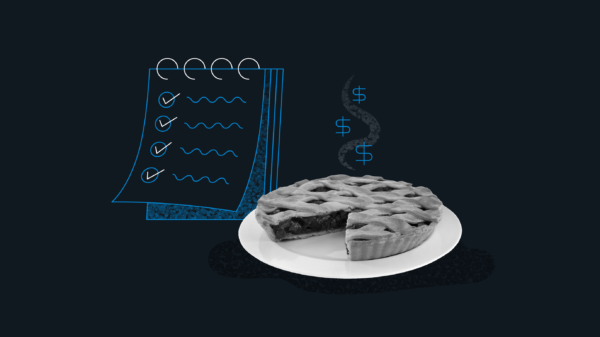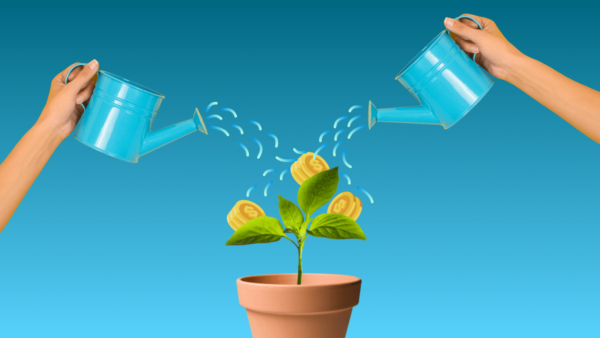Dec 8, 2020
Why One Woman Became Her Own Barista
She tamed coffee spending, achieved caffeine bliss, and saved.

Meg Allison lives in New Orleans, Louisiana with her dogs, cat, partner, and whatever foster animals are in need of a loving home that particular week. She commits to a low-waste lifestyle, preferring reusable and refurbished items to single-use and new. For a woman in her mid 30s with disposable income, it may come as a surprise that consumerism doesn’t interest her nearly as much as animal welfare and the environment.
So it may also surprise you that Meg is very particular about her coffee.
Her order?
“Medium oat milk mocha, but only with the essence of mocha, the lightest whisper of chocolate that is capable of being put into a coffee.”
Pre-pandemic, Meg went to the coffee shop Mojo on Freret Street five days a week, bringing her seven-year-old Contigo reusable coffee mug with her.
“[The baristas] knew what my order was. Over the years we have perfected this relationship to craft the coffee I like,” she says. “It takes me six months to form a relationship with a barista.”
Coffee costs add up
Meg’s oat milk latte/mocha obsession means she never orders coffee while traveling because she knows she’ll be disappointed. At home in NOLA, she’s happy to pay $5.46 per day plus a dollar tip, always in cash, to get her perfect cup. That works out to $32.20 per week, $128.80 per month, and approximately $1223.60 per year, since Meg and her partner typically spend three and a half months of the year traveling. If Meg stayed in NOLA all year, her annual Mojo coffee spending would be $1679.60.
But once the pandemic hit, everything changed.
On March 13 of this year, Meg posted to Facebook about her new dilemma: Mojo wouldn’t accept her reusable mug due to Coronavirus concerns, which meant she had to take their disposable cup. On the other hand, she didn’t want to stop supporting a local business, which she correctly predicted would need all the help it could get.
Changing habits nationwide
As the pandemic wore on, Meg’s usual baristas had to relocate or change jobs. They quit. The new baristas didn’t know her very specific order. And her coffee shop switched from accepting cash to only accepting card, and only accepting orders via an app.
“Charging that coffee every day was a reminder of how much I was spending; when I paid in cash, I could just forget about it,” Meg said. “And my order didn’t translate on the app. … I realized that building new relationships over an app was just not happening.”
Meg’s change in routine mirrors what’s happening all over the country. People’s coffee habits are in flux, and the numbers bear witness: Sales of upscale coffee makers—such as Chemex pour-over coffee maker, espresso machines, and French presses—are up 28% since the pandemic began, according to the Wall Street Journal. Keurig machine sales increased 34% in the fourth quarter of 2020, compared to the third quarter. Packaged coffee grounds and beans were already on the rise pre-pandemic—about 2% per year—but sales have jumped 10% this year. The numbers are clear: More people are making coffee at home.
And this means they aren’t going out. Starbucks’ revenue dropped 38% in the second quarter of 2020, and the company is closing 400 stores. Dunkin’ saw a 20% decline during the same period, and is closing 800 locations.
Though Meg’s favorite coffee shop never closed during the pandemic, the app ordering, card charging, barista changes, and disposable cup situation were all too much for her to continue her routine. So she rummaged through her attic and found her mom’s old coffee grinder, as well as an espresso machine she got in college. It was broken, so she duct taped it together. She bought espresso beans, and watched six hours of YouTube tutorials on how to make the perfect latte.
“I knew I was working with broken equipment so there was only so far I could go,” she says. Soon, the espresso maker died, so she borrowed her sister-in-law’s, “which was also crap.”
Investing in a coffee rig, and making the right home brew
“Finally, I was like, ‘I just gotta bite the bullet and buy my own,’ ” Meg says. After almost eight hours of research, she settled on a $350 refurbished Breville Bambino Plus, which retails for $500. She also bought a $50, Javapress manual burr coffee grinder. And after 23 tries, she finally made a decent oat milk latte with a whisper of chocolate.
“Getting an espresso machine is like having a baby,” Meg says. “You don’t understand each other right away. It takes time.”
These days, Meg buys $15 environmentally-friendly shade-grown espresso from Mojo or another local coffee shop, French Truck, about every three weeks. She orders $11 oat milk once a week. And for $30, she got a three-pound bag of chocolate powder, which will last her at least six months. Without factoring in equipment costs or her learning curve, Meg’s new coffee drinks cost her approximately $3.23 per cup, almost exactly half of what she paid pre-pandemic. That’s $775.68 per year. Add the $400 she spent on equipment, and you’ve got $1,175.68 for a full year of gourmet coffee, still less than Meg paid for eight and a half months of it from her local shop.
And if she keeps up this DIY habit for more than a year, her savings will keep on growing. The fact that so many people may be having this realization could be bad for the future of coffee shops, but good for most people’s wallets.
So, will Meg keep making her own oat milk lattes with a hint of chocolate post-pandemic?
Only time will tell.
“[My former baristas’] espresso pours are better than mine. There are just so many variables. Grind size, heat of water, pressure tamping down, weighing out the coffee in grams. I am not 100 percent on any of it,” she says. “But it’s getting better.”
Related Articles

The 2024 Financial Checklist: A Guide to a Confident New Year

9 Ways to Celebrate Financial Wellness Month

Budgeting for Young Adults: 19 Money Saving Tips for 2024

The Best Personal Finance Books on Money Skills, Investing, and Creating Your Best Life for 2024

What Is a Financial Plan? A Beginner’s Guide to Financial Planning

How to Save Money: 45 Best Ways to Grow Your Savings




